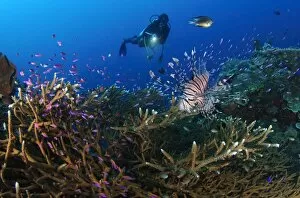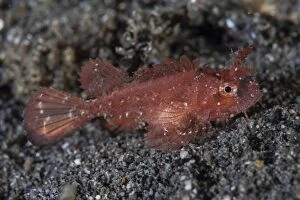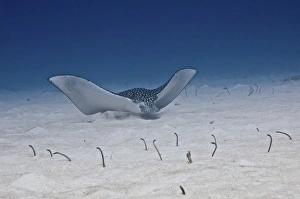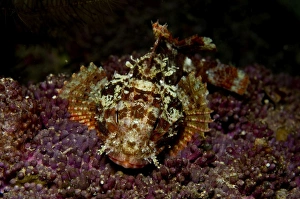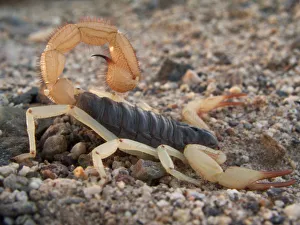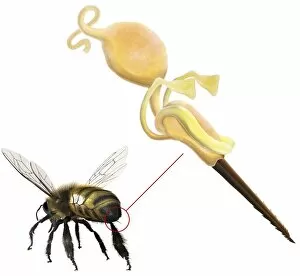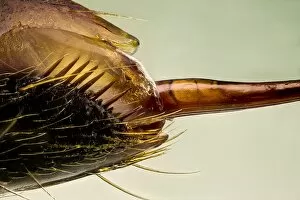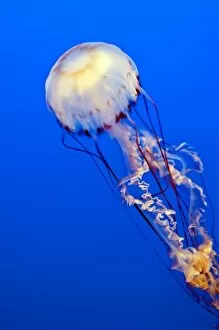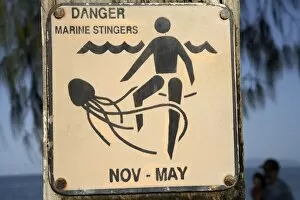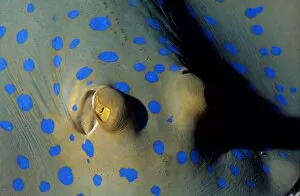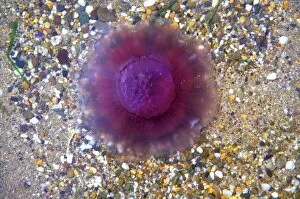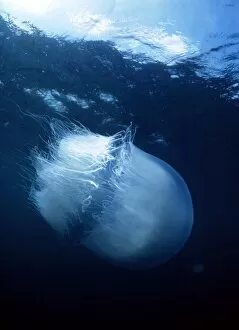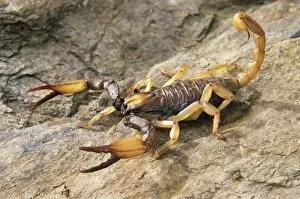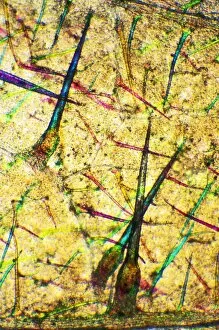Stinger Collection (page 3)
"Stinger: Nature's Deadly Defense Mechanism" From the depths of the ocean to the buzzing fields they can a force to be reckoned with
All Professionally Made to Order for Quick Shipping
"Stinger: Nature's Deadly Defense Mechanism" From the depths of the ocean to the buzzing fields they can a force to be reckoned with. The Red Lionfish flares its deadly spines, showcasing its vibrant beauty while warning predators of its venomous capabilities. Similarly, the honey bee stinger serves as both a weapon and protection for these industrious insects. In another realm entirely, we find ourselves amidst military machinery - the USAF-South Vietnam Air Force Fairchild AC-119K Stinger takes flight, ready to defend and strike fear into enemy lines. Picture No. 12479406 captures this awe-inspiring moment in time. Venturing underwater once more, snorkelers explore the mesmerizing world of Green Island within the Great Barrier Reef Marine Park in North Queensland. DDE-90025470 and DDE-90025469 showcase their enchanting encounters with colorful coral reefs teeming with life - an aquatic symphony orchestrated by nature herself. But it is not only marine creatures that possess stinging power; land-dwelling beings also wield this defense mechanism. An Emperor Scorpion delicately held in a keeper's hand at London Zoo demonstrates how even one of nature's most formidable creatures can coexist peacefully with humans. On a lighter note, a comic postcard humorously depicts hotel guests complaining about unexpected encounters with stingers during their stay - reminding us that sometimes laughter is our best defense against life's prickly situations. Traveling back through time via vintage prints, we discover a Pacific Spotted Scorpionfish from 1922 immortalized through screen print artistry. Its intricate details remind us of nature's boundless creativity and diversity. Lastly, we delve into mysterious waters where jellyfish reign supreme in all their ethereal glory. Varieties upon varieties grace our oceans' depths like strings of pearls suspended in liquid wonderment. Whether they serve as protectors or predators, stingers hold a captivating allure.


